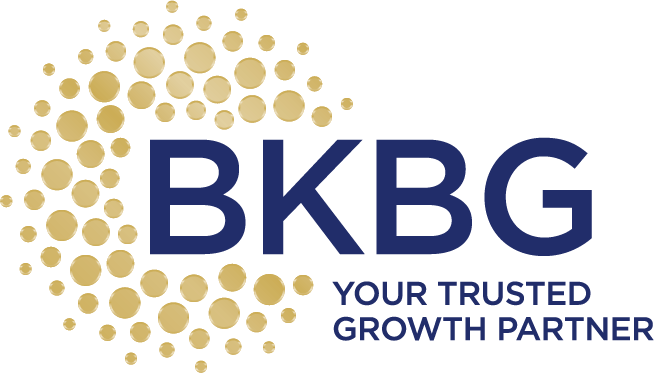How to Tell Compelling Stories
“I am going to put a thousand songs in your pocket,” claimed then-Apple CEO Steve Jobs when he introduced the iPod. It was a revolutionary product that simply did not change the way people listen to music, the iPod transformed the music industry. Jobs used a similar strategy when he introduced the iPhone. He told the audience that Apple had developed a device that was an iPod and a phone that also provided access to the Internet. “These are not three separate devices,” Jobs stated. “This is one device, and we are calling it iPhone. Today, Apple is going to reinvent the phone, and here it is.”
The introductions of the iPod and iPhone are iconic examples of how to tell compelling stories in a way that explains why a product exits, how it will solve customer problems and takes complicated concepts and makes them simple. Those are key elements of telling compelling stories that captivate customers, claims Tony Fadell in his new book Build: An Unorthodox Guide to Making Things Worth Making. Fadell knows how to make things worth making. He had a hand in developing the iPod, iPhone and is the founder of Nest Thermostats.
A story is more than words on a website or used in a customer pitch. A kitchen and bath showroom’s story is its design, “its features, images, videos, quotes form customers, tips from reviewers, conversations with support agents. It’s the sum of what people see and feel about this thing (showroom) that you created,” writes Fadell. The story of your showroom does not exist to help you sell kitchens and baths. The story help you define your business, understand it and understand your customers. Story is used to attract and retain best-in-class talent and obtain access to the best lines for your market. “It’s what you tell customers to convince them to want what you are selling,” Fadell explains.
Fadell believes that all compelling showroom stories start with why. Why does a customer need to use your showroom? Why does that matter? Why will customers need what you have to offer? Why will they love what you do?
To determine a showroom’s why, you need to understand the problems that you are trying to solve. What are the real issues your customers face regularly? A great question to ask prospective customers is “what would you like your new kitchen to do that your existing kitchen does not currently do or what parts of your kitchen would you like to improve the most?” Allowing potential/existing customers to vent about the shortcomings of what currently exists, primes them for the solutions that you can provide and gets them excited about the new opportunity.
“A good story is an act of empathy,” Fadell writes. “It recognizes the needs of its audience. And it blends facts and feelings, so the customer gets enough of both.” Explain how their new kitchen or bath will make them feel every time they use it or how much more enjoyable it will be to prepare a holiday dinner for family and friends. Focus on the changes they will experience.
Because every customer is different, every customer will read and interpret your story differently. That’s why Fadell encourages you to use analogies, such as a thousand songs in your pocket. Nest used that analogy of Rush Hour Rewards to explain how the smart thermostat saves customers money and benefits the environment by automatically adjusting air conditioning or heat output on peak demand days hours to avoid paying the highest rates without compromising themal comfort.
Customers can visualize rush hour where cars crawl to a standstill. The same thing happens with energy during peak demand hours. Too much demand and not enough supply increases cost.
The sign of a truly compelling story is one that is so good, others want to tell it.
